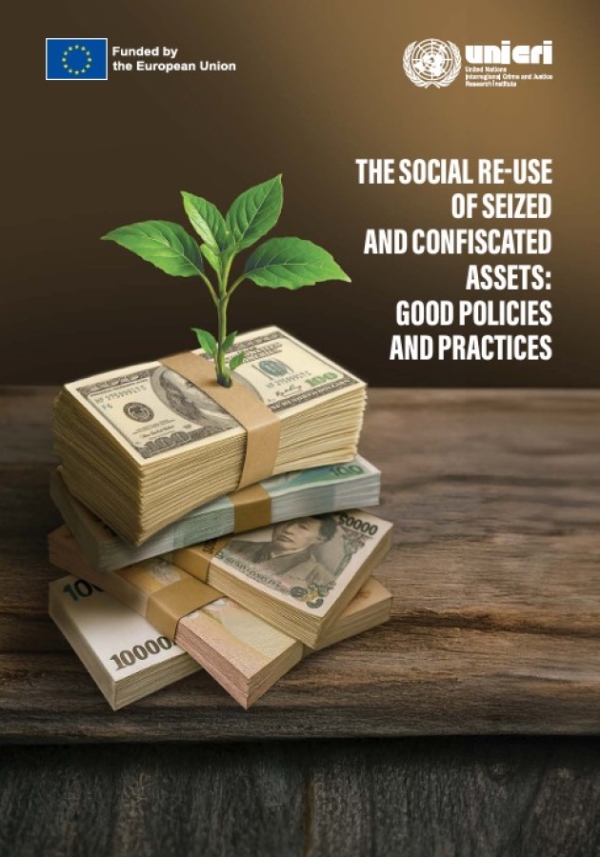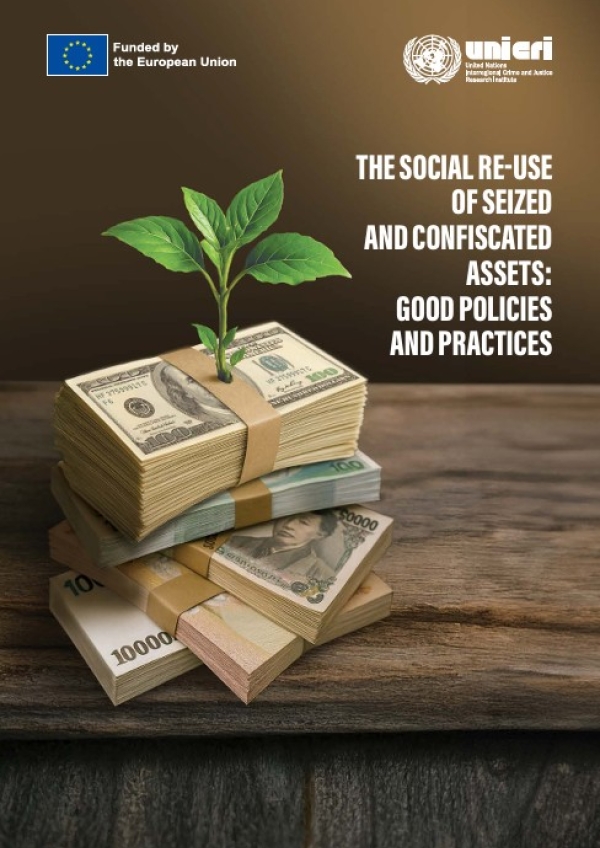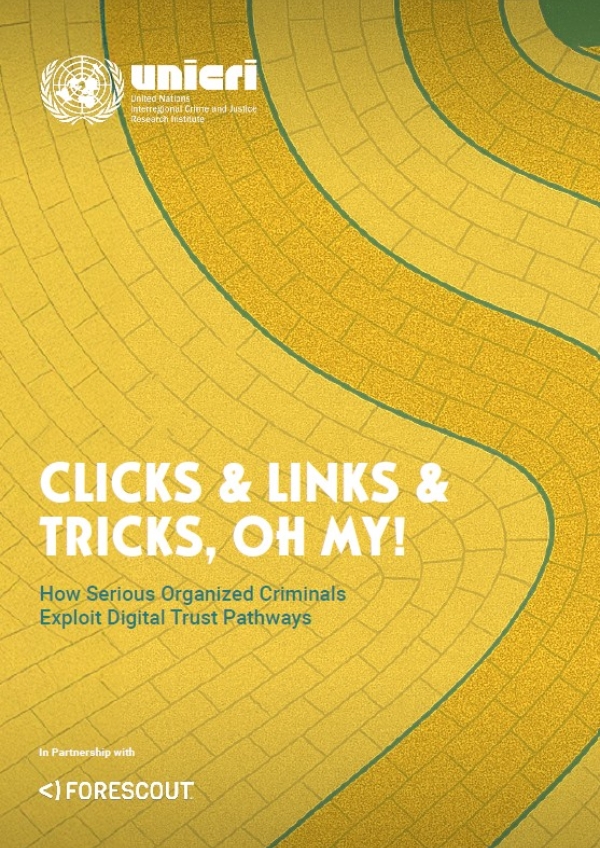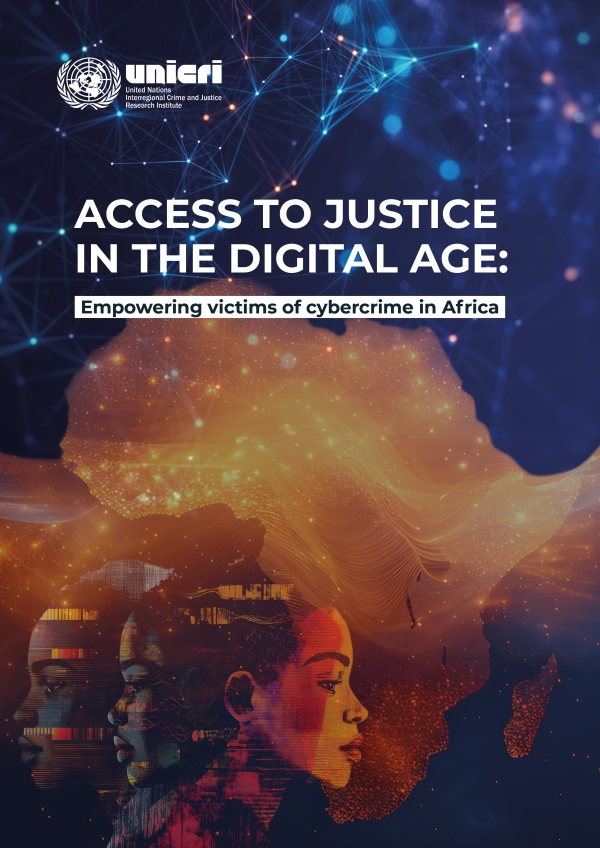The Social Re-Use of Seized and Confiscated Assets: Good Policies and Practices

Organized crime and corruption undermine state revenues, weaken institutional credibility, and obstruct long-term development goals. Asset recovery, and in particular the social re-use of seized and confiscated assets, is a key response to ensure that illicitly-acquired resources - from financial proceeds to real estate - are not only recovered, but also redirected to serve community needs.
The social re-use of seized and confiscated assets is an essential element of the asset recovery cycle, which includes the tracing, seizure, confiscation, management, and eventual return of illicitly-obtained assets. Social re-use is not only about sanctioning crime, but it also refers to channelling confiscated assets back into society by investing them in healthcare, education, employment, and other public services. By turning what was once illicit into visible and lasting benefits for citizens, the process strengthens public trust in the rule of law and contributes to sustainable development outcomes.
This approach directly supports the 2030 Agenda for Sustainable Development, in particular SDG 16.4 (strengthen the recovery and return of stolen assets, and reduce illicit financial flows) and SDG 16.5 (reduce corruption and bribery in all their forms). However, ensuring that these commitments deliver tangible results requires robust national systems and sustained international cooperation. To advance this objective, and as part of their commitment to strengthening the rule of law, combating corruption and related crimes, and promoting good governance, the European Union and the United Nations Interregional Crime and Justice Research Institute (UNICRI) present the guide on the Social Re-Use of Seized and Confiscated Assets: Good Policies and Practices.
The guide presents examples of national policies and practices from across the world, offering approaches that are particularly relevant for the Eastern Partnership Region. These case studies illustrate different legal frameworks, institutional arrangements for managing recovered assets, and innovative models for using seized and confiscated assets to support communities affected by organized crime, corruption, and related criminality. The case studies also highlight practical approaches to handling complex or perishable assets, ensuring their value is preserved and reinvested promptly. Building on these experiences, the report provides targeted and practical recommendations to assist policymakers and practitioners in strengthening the implementation of social re-use of seized and confiscated assets.
This publication was funded by the European Union, through the Directorate-General for Enlargement and Eastern Neighbourhood (DG ENEST), within the framework of the project “Support to Eastern Partnership Countries to Enhance Asset Recovery II”.
The European Union has placed asset recovery and social re-use at the core of its cooperation agenda with partner countries. In line with this commitment, UNICRI is dedicated to providing specialized expertise to assist national authorities in reinforcing legal frameworks, enhancing institutional capacity, and ensuring that recovered assets are channelled towards development priorities in a transparent and accountable way.



